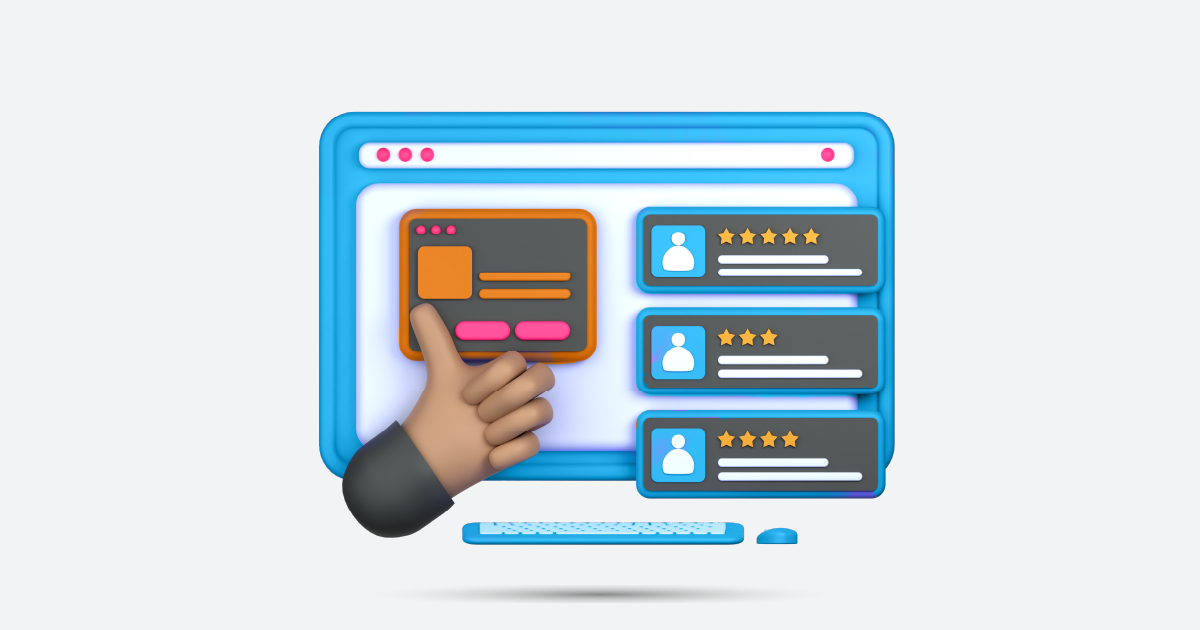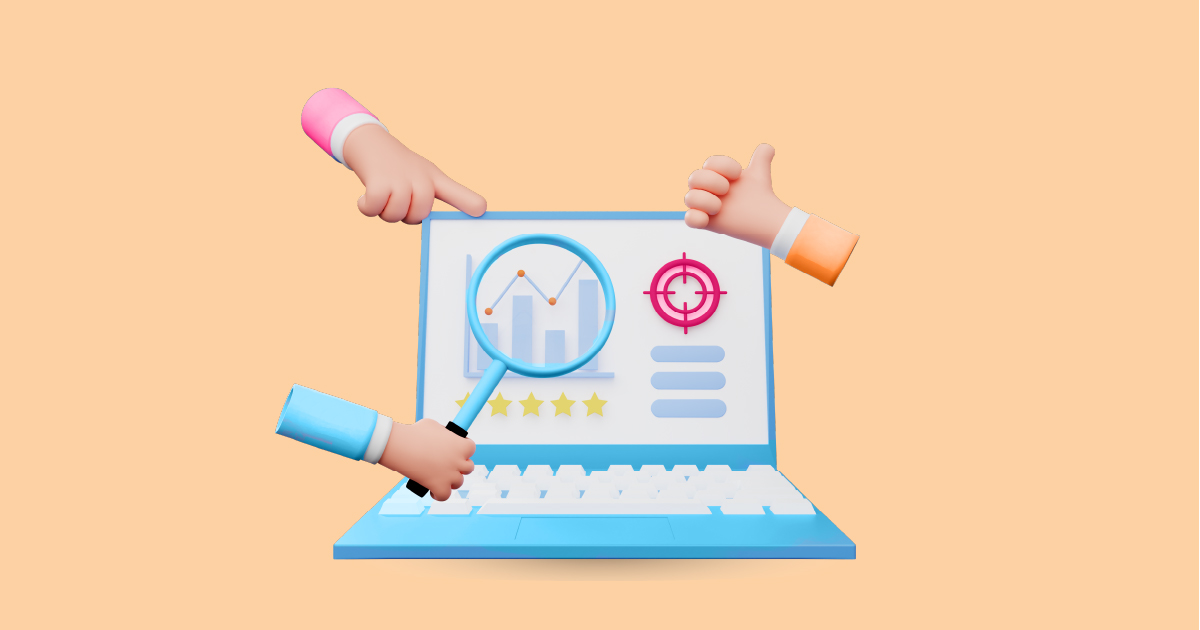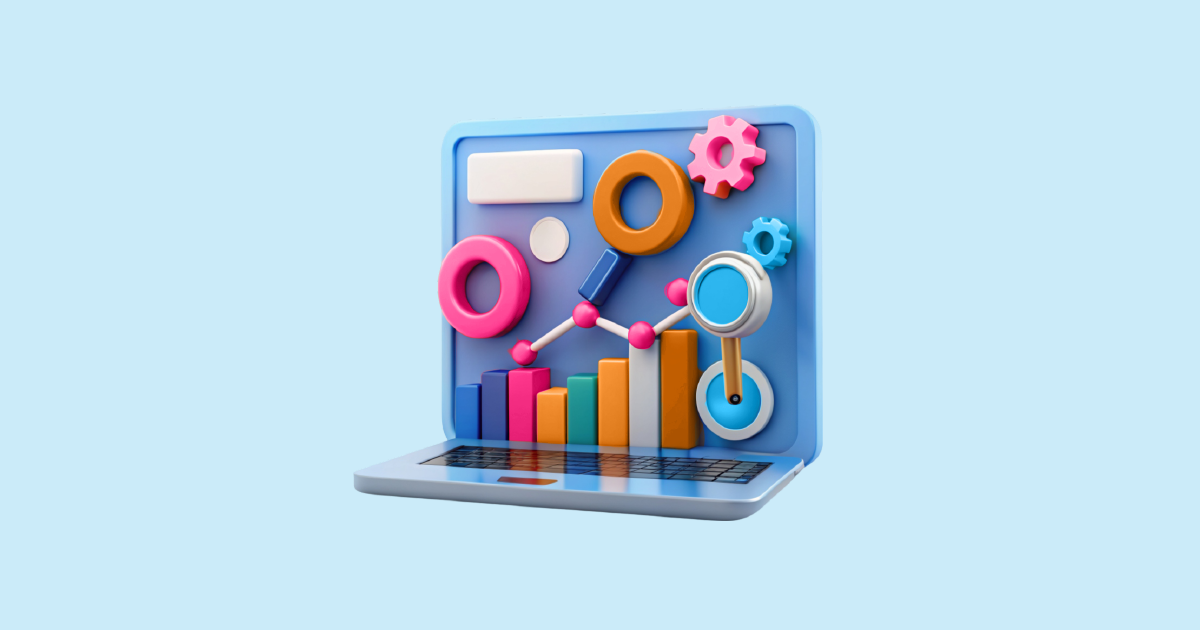In today’s competitive world, brand reputation is crucial. It influences how your customers perceive you and determines their willingness to buy from you or recommend you to others. But how do you measure this vital aspect of your business? It’s not just about collecting reviews or likes on social media. How to measure brand reputation involves a combination of different methods and metrics. This article will guide you step-by-step through the process, providing you with a clear approach to understanding your brand’s reputation.
How to Measure Brand Reputation: Key Metrics and Tools Explained

What is Brand Reputation?
Brand reputation refers to how a company is viewed by its customers, employees, the media, and the general public. A strong reputation often leads to customer loyalty, trust, and increased sales, while a poor reputation can damage a brand’s ability to attract and retain customers. The key components of brand reputation include customer experience, the public’s perception, and your company’s track record in delivering value.
Why Is Measuring Brand Reputation Important?
Brand reputation is a reflection of how your audience perceives you. It shapes their actions and attitudes towards your brand. Here’s why measuring it is so important:
- Customer trust and loyalty: Customers are more likely to engage with a brand they trust.
- Influences purchasing decisions: A solid reputation can influence consumers to choose your products over your competitors’.
- Brand positioning: Knowing your reputation helps you position your brand more effectively in the market.
Methods to Measure Brand Reputation
There are various ways to measure your brand’s reputation. The most common methods include social media monitoring, customer feedback, and media coverage. Here are 5 primary ways to measure brand reputation:
1. Social Media Monitoring
With billions of people using social media, it’s essential to track brand mentions across platforms like Twitter, Facebook, Instagram, and LinkedIn.
- What to Track: Mentions, hashtags, user-generated content, engagement rates (likes, shares, comments), and sentiment (positive, negative, neutral).
- Tools to Use: AIM Insights, Brandwatch, Sprout Social.
2. Customer Feedback and Surveys
Customer surveys allow you to gather direct insights into how your customers view your brand.
- Key Metrics: Net Promoter Score (NPS), Customer Satisfaction (CSAT), and Customer Effort Score (CES).
- Where to Collect Feedback: Email surveys, social media polls, website pop-ups.
3. Sentiment Analysis
Sentiment analysis helps in understanding the tone of conversations happening online about your brand. It uses artificial intelligence to gauge if the sentiment is positive, neutral, or negative.
- Tools for Sentiment Analysis: AIM Insights, Lexalytics, and Social Mention.
4. Review and Rating Analysis
Online reviews and ratings are often the first thing people look at before deciding whether to do business with you.
- What to Track: Star ratings, written reviews, and the frequency of reviews.
- Key Platforms: Google Reviews, Yelp, Trustpilot.
5. Media Monitoring
Tracking media mentions is another way to assess your brand’s reputation. News articles, blog posts, and press releases can reveal how your brand is being portrayed in the public eye.
- Tools for Media Monitoring: Meltwater, AIM Insights, Google Alerts.
Key Metrics
1. Brand Awareness
Brand awareness is a fundamental metric that shows how familiar your audience is with your brand.
- High awareness typically means a stronger reputation because it suggests that people know your brand and associate it with quality or trust.
2. Customer Satisfaction
Customer satisfaction measures how well your products and services meet customer expectations. Happy customers are more likely to trust and recommend your brand.
- How to Measure: Use NPS or CSAT surveys to get real-time feedback.
3. Customer Loyalty
Loyal customers are a sign of a healthy brand reputation. When customers keep coming back, it means they trust your brand and believe in its value.
- How to Measure: Repeat purchase rates, loyalty program participation.
4. Share of Voice (SOV)
Share of voice refers to your brand’s presence in conversations relative to your competitors. A higher SOV means more people are talking about your brand, which often correlates with a stronger reputation.
- How to Measure: Use tools like AIM Insights to track SOV in your industry.
5. Employee Sentiment
Your employees’ opinions matter too. Engaged employees are likely to speak positively about your brand.
- How to Measure: Use platforms like Gallup or CultureAmp to measure employee engagement.
Tools for Measuring Brand Reputation
Here’s a quick comparison table to help you choose the right tools for monitoring and analyzing brand reputation:
| Method | Tool | Key Feature | |
|---|---|---|---|
| Social Media Monitoring | AIM Insights, Brandwatch | Track mentions, hashtags, engagement | |
| Customer Feedback | SurveyMonkey, AIM Research | Collect survey responses and feedback | |
| Sentiment Analysis | AIM Insights, MonkeyLearn | Analyze sentiment in real-time | |
| Review Analysis | Google Reviews, Trustpilot | Track and analyze reviews | |
| Media Monitoring | Meltwater, Cision | Track press mentions and coverage |
Improving Your Brand Reputation
Once you know how to measure your brand reputation, the next step is improving it. Here are 5 key steps you can take:
1. Address Negative Feedback Quickly
Responding to negative reviews or customer complaints quickly can help prevent further damage to your reputation. Offer resolutions or make necessary improvements.
2. Engage with Your Audience
Social media provides an excellent platform to engage with customers directly. Answer their questions, comment on posts, and keep the conversation going.
3. Deliver on Your Brand Promise
Ensure that your company delivers on its promises. If you claim high-quality products or exceptional customer service, you need to follow through consistently.
4. Showcase Your Company’s Values
Customers like brands that stand for something. Showcase your values through Corporate Social Responsibility (CSR) initiatives, sustainability efforts, or community outreach.
5. Monitor Competitors’ Reputation
Understanding how your competitors are perceived can offer valuable insights into your own brand’s reputation and potential opportunities for improvement.
Conclusion
Measuring brand reputation is essential to ensure that your business is seen in a positive light by your customers, employees, and the public. By tracking the right metrics, such as customer feedback, social media mentions, and media coverage, you can keep a pulse on how your brand is perceived. With this information, you can take steps to enhance your reputation and turn any negative perceptions into opportunities for growth.
Ready to take control of your brand’s reputation? Request a demo from AIM Technologies to explore how our tools can help you monitor and improve your brand’s reputation with ease.
FAQs
1. How can I track my brand’s online reputation?
You can track your brand’s online reputation using tools like AIM Insights for social media monitoring, Google Reviews for ratings, and Meltwater for media coverage.
2. What is Net Promoter Score (NPS)?
NPS is a metric used to gauge customer loyalty by asking how likely they are to recommend your brand to others. A high NPS score indicates strong brand loyalty.
3. How can I improve my brand’s reputation?
To improve your reputation, address customer complaints quickly, engage with your audience on social media, and consistently deliver high-quality products and services.
4. What are the best tools for measuring brand reputation?
The best tools include AIM Insights for social media monitoring, Trustpilot for review analysis, and Meltwater for media monitoring.
5. How often should I measure my brand’s reputation?
It’s important to measure your brand’s reputation regularly, especially after launching new campaigns or when facing public relations challenges.



